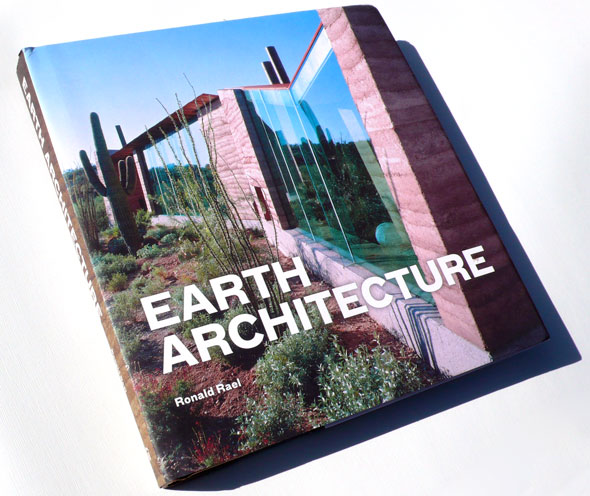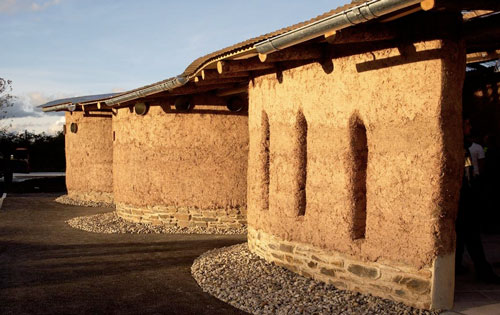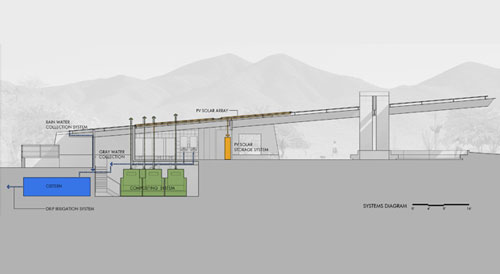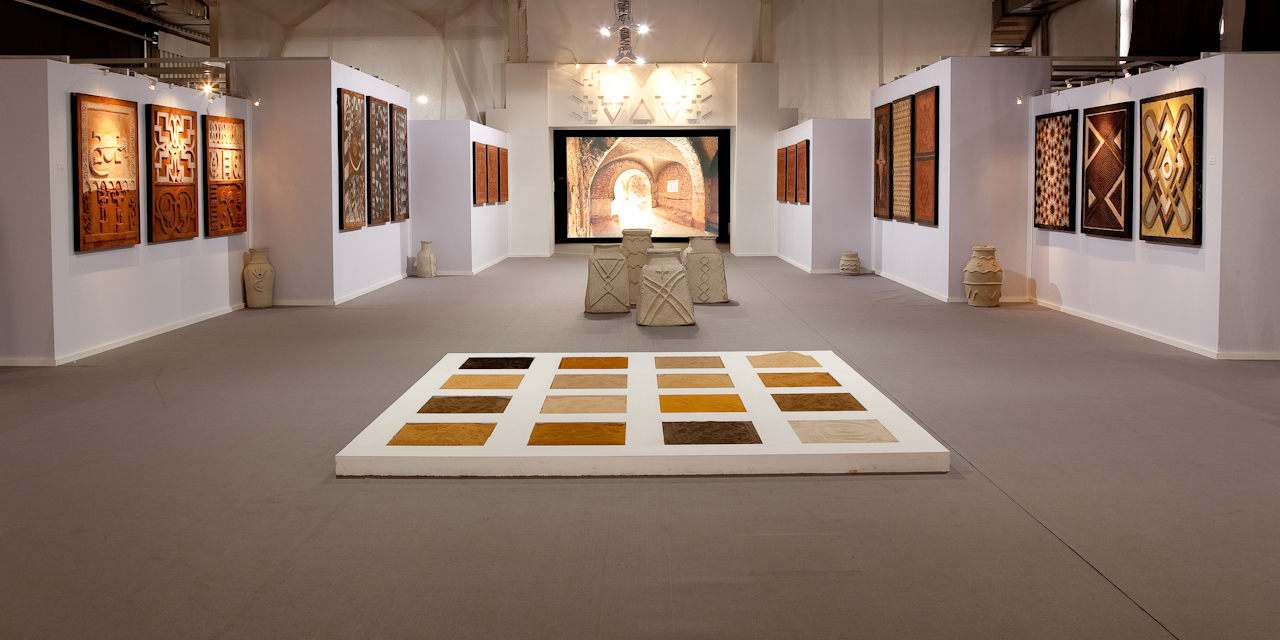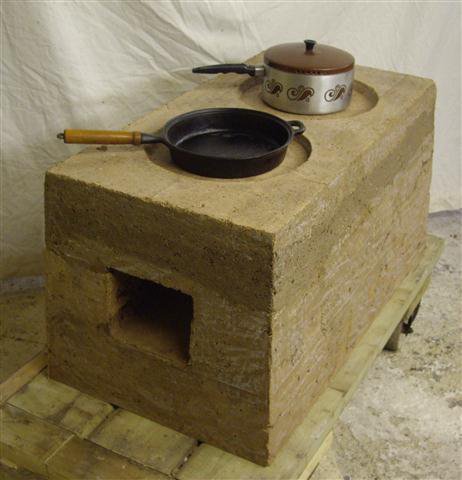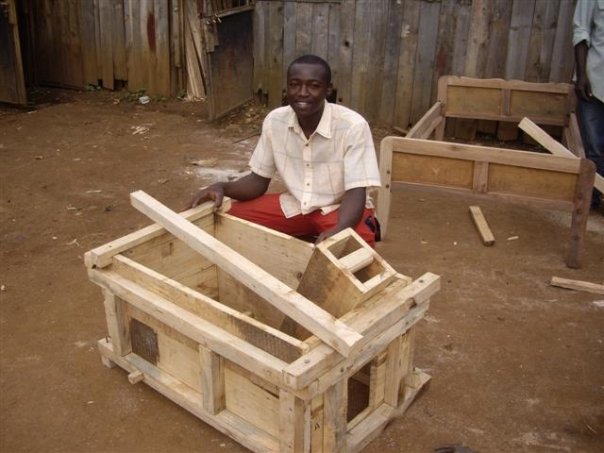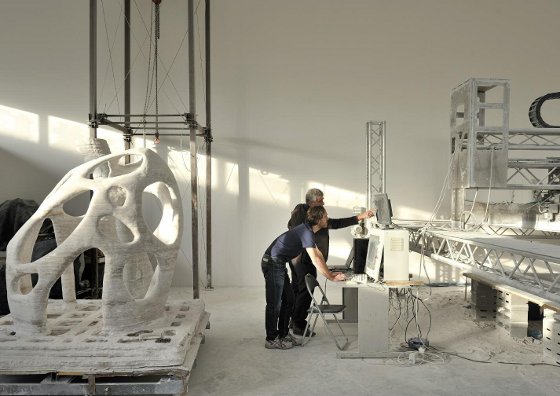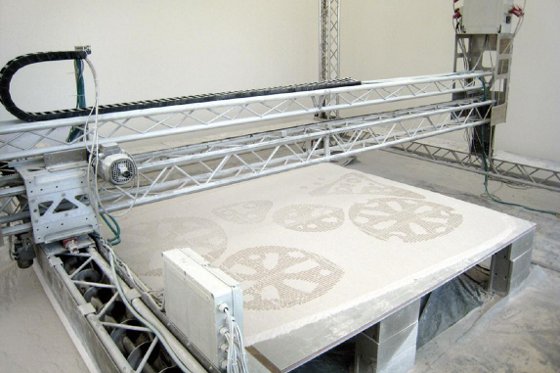Grands Ateliers, Villefontaine, Isère: 17, 18, 19, 20, 21, 22 mai 2010. Trois séminaires thématiques autour de l’architecture de terre organisés par Le laboratoire CRAterre – ENSAG Dans le cadre du 8e festival des architectures de terre “Grains d’Isère 2010” et de la Chaire Unesco Architectures de terre, cultures constructives et développement durable.
1- Sciences de la matière et du matériau (17 et 18 mai 2010)
* Comportement du matériau terre saturé d’eau à l’état de pâte (17 mai 2010)
* Comportement thermique et hygrométrique du matériau et des constructions en terre (18 mai 2010)
2- Patrimoine et développement local – Défis et opportunités de la conservation du patrimoine pour le développement (19 et 20 mai 2010)
3- Cultures constructives locales et amélioration de l’habitat (21 et 22 mai 2010)
Ces 3 séminaires auront lieu aux Grands Ateliers à Villefontaine (www.lesgrandsateliers.fr) et s’inscrivent dans la perspective de la concrétisation de la “Cité de la Construction Durable”. Ils s’articulent autour de présentations, suivies de discussions et de travaux de synthèse. Présentations, programmes détaillés et fiche d’inscription ci-joints. informations : craterre@grenoble.archi.fr / 04 76 69 83 35

